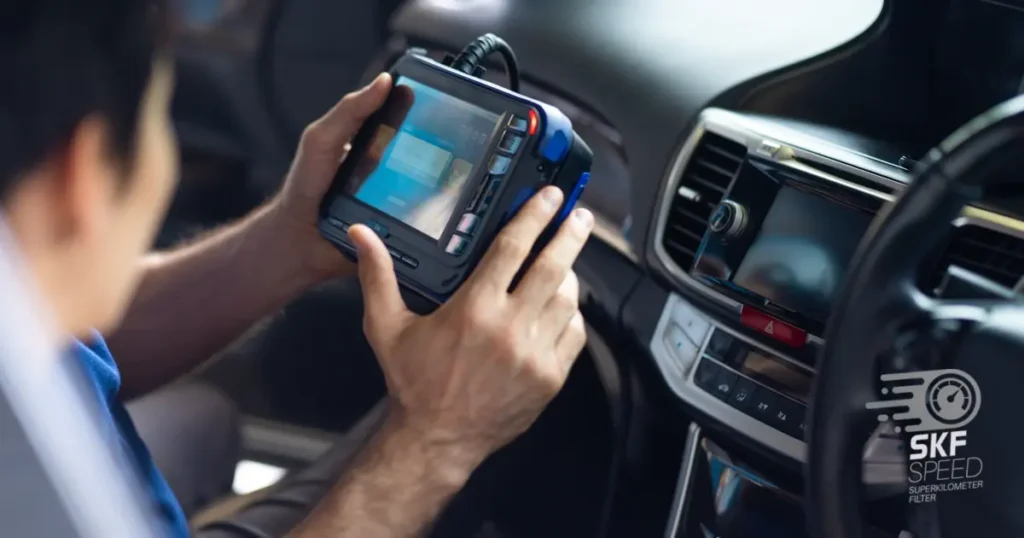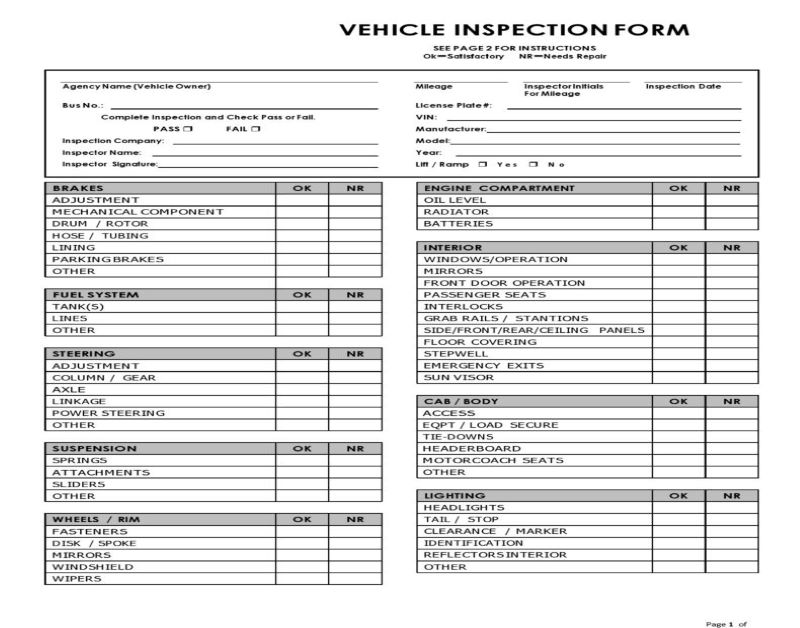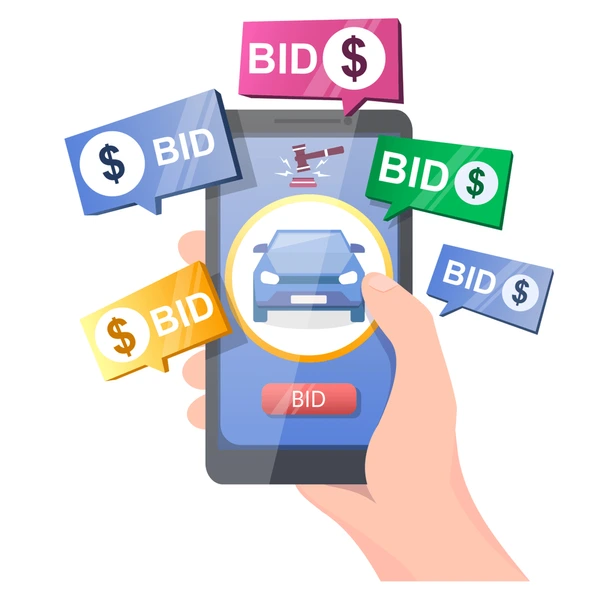Buying a car in Japan to import is one of the best ways to get a high-quality, low-mileage vehicle at a competitive price. Japanese cars are known for their excellent maintenance records, reliability, and strict inspection standards (shaken ), making them ideal for international buyers.
Here’s your complete guide on how to buy a car in Japan to import , including auction sites, inspection reports, shipping options, and customs requirements.
1. Understand Import Regulations in Your Country
Before buying, make sure the car meets your country’s regulations:
- Right-hand drive (RHD) – Most countries accept RHD vehicles.
- Age restrictions – Many countries limit imports to cars under 10–25 years old.
- Emissions standards – Check Euro, EPA, or local emissions compliance.
- Import duties and taxes – Research costs before purchasing.
Always check with your local customs authority or motor vehicle department .

2. Choose the Right Japanese Auction or Exporter
Top platforms include:
- Aucnet.jp – Japan’s largest wholesale auction site
- Goo-net Exchange – User-friendly with English support
- Cars247 – Export-focused with global shipping
- Be FORWARD – Dealer-based site with video walk-throughs
Most international buyers use a broker or export agent who can bid, inspect, and handle logistics.

3. Search for Suitable Vehicles
Use filters like:
- Make/model (Toyota, Mazda, Subaru, Nissan are popular)
- Year (consider age limits in your country)
- Mileage (look for under 50,000 km)
- Shaken expiration date (ensures recent inspection)
- Body and mechanical condition reports
Look for auction grades of 3.5 or higher for better quality.

4. Review Inspection Reports and Photos
Each listing includes:
- High-resolution photos
- Damage grade (Body/Paint/Mechanical)
- Engine and transmission status
- Maintenance history
- Shaken test results
Request a video walk-through or pre-purchase inspection (PPI) if unsure about the car’s condition.

5. Place a Bid or Purchase Directly
If using a broker:
- Set your maximum bid
- Confirm payment methods (bank transfer, PayPal, etc.)
- Ensure all fees are transparent (auction, broker, shipping)
Winning bidders must pay promptly to proceed with export.

6. Arrange Shipping to Your Country
Choose between:
- Roll-on/Roll-off (Ro-Ro) – Most cost-effective method
- Container shipping – Better for luxury or vintage cars
Select port-to-port or door-to-door delivery depending on your needs.
Common destination ports:
- North America: Vancouver, Los Angeles, Newark
- Europe: Rotterdam, London, Hamburg
- Africa: Mombasa, Dar es Salaam, Lagos
- Middle East: Jebel Ali, Doha
- Oceania: Sydney, Melbourne

7. Handle Import and Registration in Your Country
Steps include:
- Submit required documents:
- Bill of sale
- Certificate of conformity (if applicable)
- Bill of lading
- Insurance and shipping documents
- Pass emissions and safety inspections
- Pay import duties and taxes
- Register with your national or state motor vehicle authority
- Obtain road tax and insurance

FAQs
Q: Can I legally import a right-hand drive car?
A: Yes, most countries allow RHD vehicles, especially those with British colonial influence.
Q: How much does it cost to import a car from Japan?
A: Total cost includes:
- ¥300,000–¥1,500,000 for the car
- $300–$1,000 for auction and broker fees
- $800–$2,500 for shipping
- Import duties and taxes (varies by country)
Q: Do I need a broker to buy from a Japanese auction?
A: Most auction sites only allow licensed dealers to register. International buyers usually require a broker.

